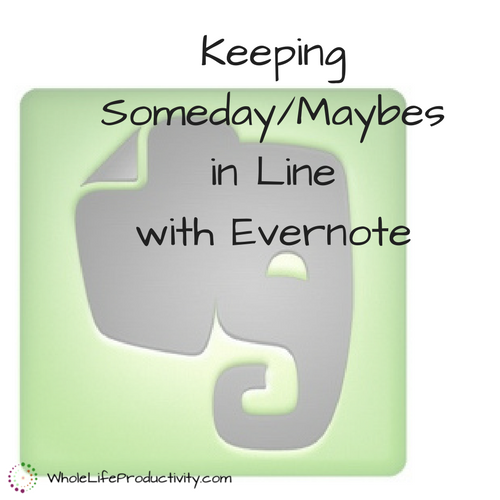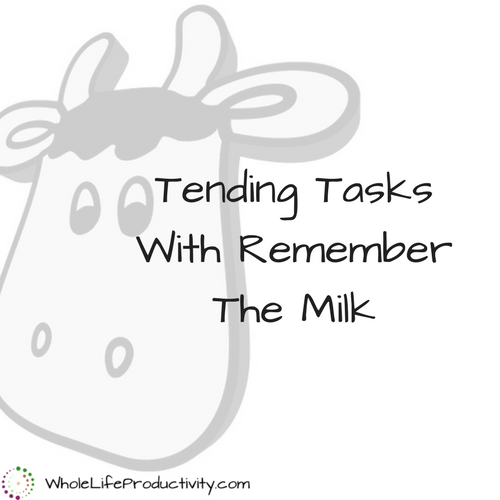
Using Feedback Loops To Improve Productivity
A feedback loop is something which gives you information about an action you have taken. As Wikipedia says: “the causal path that leads from the initial generation of the feedback signal to the subsequent modification of the event”.
I once heard a talk about the concept of feedback loops in relation to environmentalism. It got me thinking about feedback loops, and how they can be applied to our productivity.
Examples Of Everyday Feedback Loops
Fire
The talk I heard illustrated a very short feedback loop. The speaker walked over to where a candle was burning and stuck his finger in the flame. Needless to say, he pulled his finger out quickly. The overall goal was self-preservation, the feedback signal was pain, and the modification of the event was to remove his digit from the fire.
Prius
My Prius has a screen which allows me to monitor real-time my gas mileage. By changing the way I drive, I get different mileage, and that is shown on the screen in front of me. The overall goal is best gas mileage, the feedback signal is the miles per gallon, and the modification is changing my driving.
Feedback Loops In Productivity
Most productivity systems don’t give concrete feedback. We may finish a day feeling like we were a productivity powerhouse, or perhaps like we got nothing done. But is that reality? Not always
So how can we incorporate feedback loops in order to make us more productive?
Deciding What We Are Trying To Do
It isn’t enough for any of us to say we want to “be more productive.” Each of us has a definition of what productive looks like. For some, it may be many tasks checked off on a list. For others, it’s a more tangible goal, like number of phone calls made. For me, it is a combination.
I have certain tasks that if left undone long enough cause me a lot of work. Other tasks are necessary for me to have the type of free time I want. So my goal for productivity is to finish my Most Important Tasks and then my daily tasks. Beyond that, if I get something else done, that is a bonus.
Getting Feedback
The first part of a feedback loop is to get feedback. I find that when I am doing things, I’m not looking at what I already accomplished. I’m focused on what is next on the list.
In order to get feedback on how much I accomplished, I need a way of tracking exactly what I have done during a given time period. If I need to measure for an hour, I need to be cognizant of that, and find some way to recognize completion of whatever I am doing.
Usually I am working on a day-by-day basis. Using an electronic system, tracking my completion rate is easy if the system records the date completed. Since I use my bullet journal as my main system, I can either note the date on closed items, or use a different color ink for the days that I completed things.
It is also possible to get direct feedback on time usage using a time journal. Filling out one of these from time to time is very instructive.
Modifying Behavior
At the end of the day, I look back at what I have done. Did I get my Most Important Tasks done? If not, is there something I can do to make sure it doesn’t happen again?
The Loop
If I don’t do the constant assessing and modifying, things go wrong. I found that the daily work so necessary from keeping the household descending into chaos was not getting done. It was getting buried in the pile of undone tasks. My blog writing, on a fairly rigorous schedule, was also slipping, and I was spending my weekends trying to catch up.
So for me, getting through the daily tasks and the Most Important Tasks are what I am aiming for. If I have a list of these, and they are all crossed off at the end of the day, then I have done what I wanted. If not, I need to examine what I can change to make getting these things done a reality.
Perhaps I had a crisis come up, or I wasn’t feeling well. Or perhaps I got sidetracked into doing something else. Or maybe I was so overwhelmed and tired that I just wanted to veg. If I have an idea of why I didn’t get everything done, I have a chance at correcting it.
By applying the feedback loops to my productivity, I can see why I am not productive and adjust accordingly. This makes it more likely that I will get the things done that are truly important.




